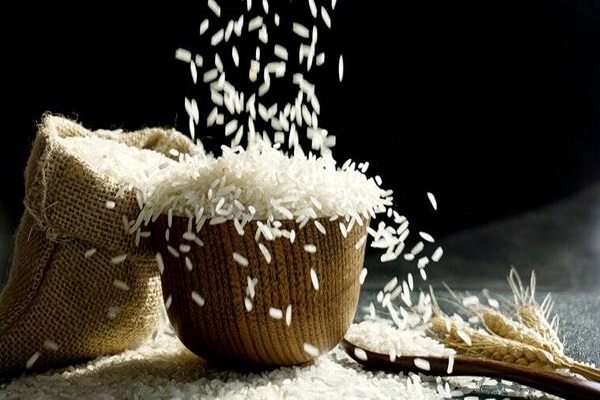India’s non-basmati rice exports surged 4 percent to 14.56 million tonnes (mt) during the April-January period of the current fiscal from 14.01 mt a year ago. This is despite the Government imposing a 20 percent export duty on white (raw) rice and banning shipments of fully broken rice. However, with an upward trend in freight cost, the realization by exporters may get hit if importing countries do not absorb any increase.
The non-basmati rice segment registered a 3 percent growth in value at $5.17 billion (₹41,273 crore) from $5.01 billion in the year-ago period, according to the latest data from the Agricultural and Processed Food Products Export Development Authority (APEDA). In the entire 2021-22, non-basmati rice export was 17.26 mt worth $6.12 billion (₹45,652.35 crore).
Freight uptrend
Exporters said when the government imposed the duty in September last year, the freight cost was about $100-$120/tonne and it was declining. While it dropped to about $50/tonne in February, it began to show an uptrend in the first week.
“Importing countries did not feel the impact of export duty as in the same period there was a fall in the freight cost. One thing is established the world now knows India as a credible destination for non-basmati rice,” said BV Krishna Rao, President of The Rice Exporters Association (TREA). There is no concern for now and exporters are ready to wait for the next kharif crop’s arrival in October to see if any policy change will be required, Rao said.
Fair assessment in Sept
Rao further said even after the imposition of export duty, neither there is a substantial improvement in procurement, nor a decline in export. He said a fair assessment could be made by September about how the kharif paddy crop would be and a decision could help exporters to enter into new contracts for shipments from October-November.
“As no fresh crop from any other origin to come before September, we are fairly covered till then. A policy review at that time will be definitely of help,” Rao said.
Meanwhile, basmati rice increased 41 percent to $3.82 billion (₹30,514 crore) in the 10 months to January and there was an 18 percent surge in volume to 3.66 mt. Total exports of rice (both non-basmati and basmati) increased 16 percent to $8.98 billion (₹71,787 crore).
Source: The Hindu Business line











